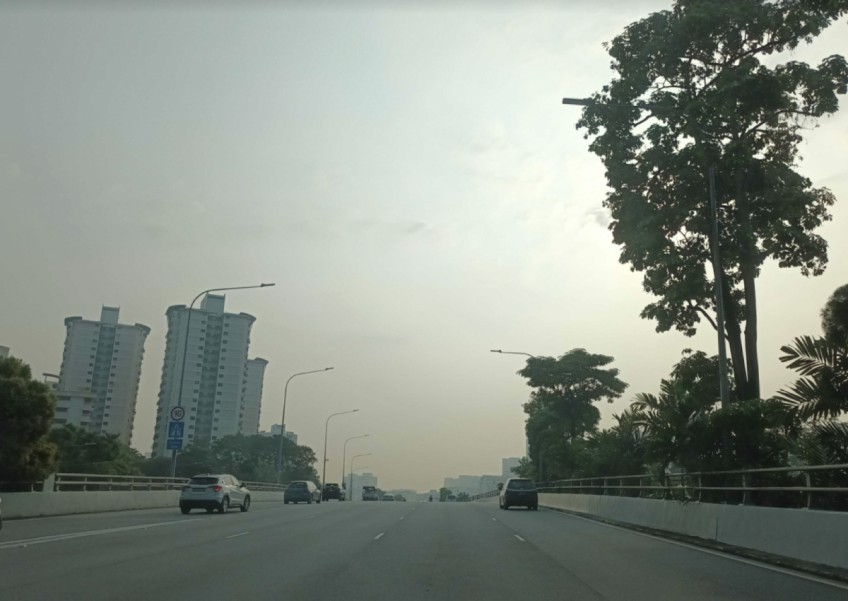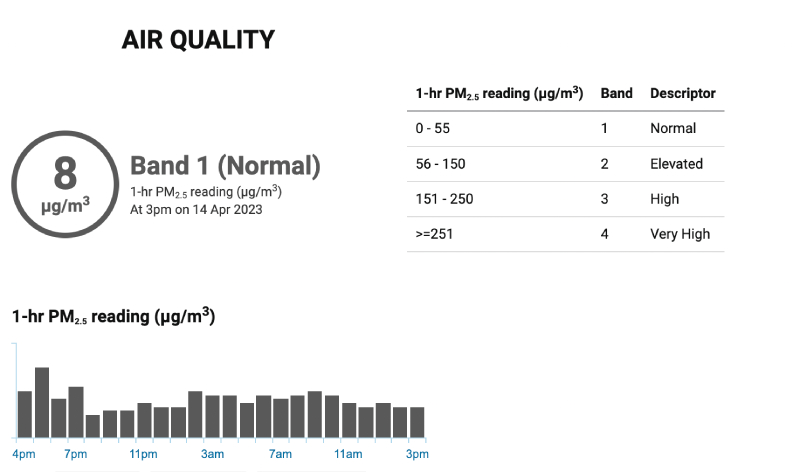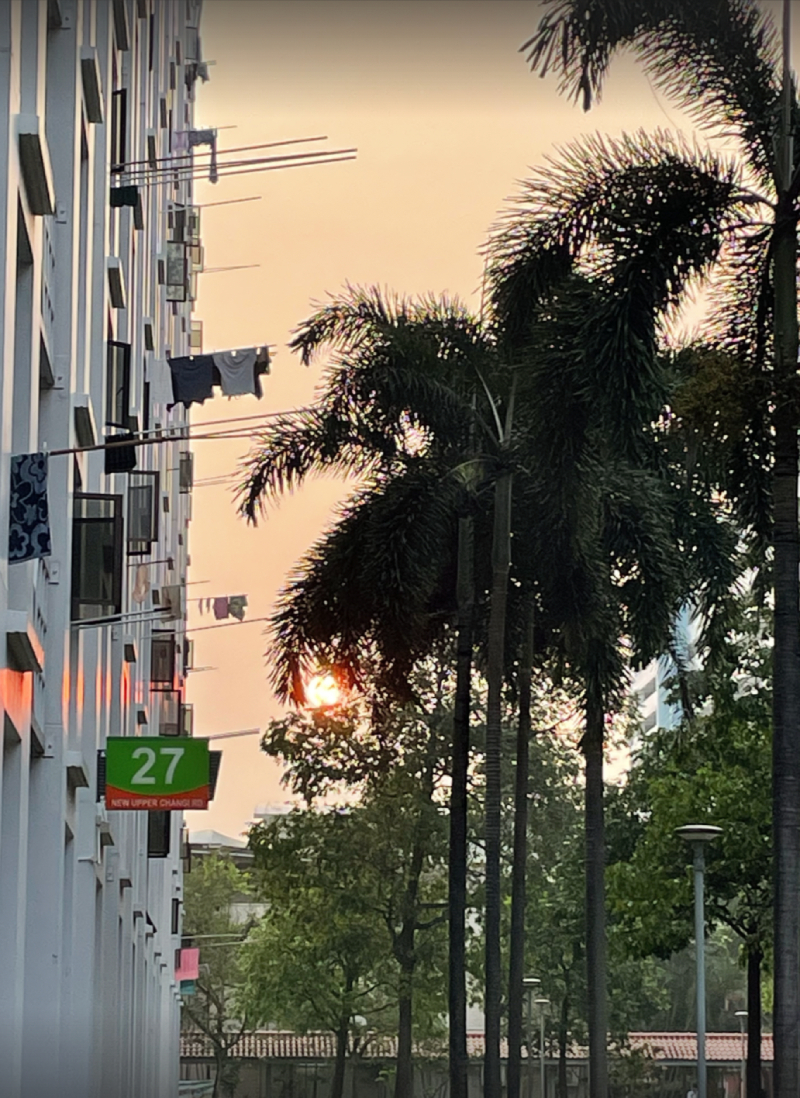Foggy skies, hotter days: Is the haze back?


 PUBLISHED ONApril 14, 2023 8:35 AMByClaudia Tan
PUBLISHED ONApril 14, 2023 8:35 AMByClaudia TanWondering if there's something strange going on with the weather these days?
You're not the only one.
Just last Tuesday (April 4), Singapore experienced its hottest day of the year — with temperatures in Paya Lebar reaching as high as 35.9 deg C in the afternoon, reported The Straits Times.
The Meteorological Service Singapore also said that the first two weeks of this month are expected to be warm, with afternoon thundery showers.
But aside from the sweltering heat and gloomy afternoons, some Singaporeans have also noticed something else in the air.
On Thursday, Redditor Muffetuffet posted a screenshot of Apple's weather app, which showed the air quality in Singapore rated as a "very unhealthy" 205.
"Air quality seems bad recently, but haven't seen any news articles addressing it yet," wrote the Redditor.

Replying to the thread, fellow Redditors concurred, sharing that they too noticed foggier skies recently.
Responding to AsiaOne's queries, the National Environment Agency (NEA) clarified that the Apple app does not use data from their official sources.
They added that the index used in the app is "not the Singapore Government's Pollution Standards Index (PSI)".
They urged members of the public to refer to the PSI and 1-hr PM2.5 readings available on NEA's website and haze microsite, and myENV app for a clear indication of the current air quality situation.
According to NEA's website, the air quality in Singapore at 3pm on Friday (April 14) is within the normal range.

With regard to the regional haze situation, NEA provided an update on Thursday, saying that some haze hotspots were detected in parts of Laos, Myanmar and Thailand.
There were also isolated haze hotspots detected in Malaysia and Sumatra.
NEA also stated that showers were expected over the eastern parts of the Mekong sub-region, the "prevailing dry conditions over the rest of the sub-region are forecast to continue in the coming days".
"Under these conditions, the elevated hotspot and smoke haze situation are expected to continue and the risk of transboundary smoke haze occurrence remained heightened", said the agency.

Before you rush out to stock up on N95 masks, the hazy landscape might not be a cause for concern.
In 2021, the NEA said that the foggy conditions back then might just be due to the spate of dry weather, which are conducive to the development of land and forest fires in neighbouring countries, as well as local vegetation fires.
According to the agency, smoke haze from fires in the region can be blown towards Singapore, giving rise to the occasional burning smell, haziness or reduced visibility.
Air pollution researcher Erik Velasco also told The Straits Times back in 2019: "Do not just trust your visual perception as hazy skies can also be triggered by mist.
"The one-hour PM2.5 readings are a better indicator of the actual air quality."
Dr Velasco added that for specific haze events such as those caused by wildfires on neighbouring islands, PM2.5 readings could even be better than the 24-hour Pollutant Standards Index (PSI), which reflects air quality during the previous 24 hours.
ALSO READ: PSI hits unhealthy levels in Singapore for first time since 2016 as haze worsens
claudiatan@asiaone.com
No part of this story or photos can be reproduced without permission from AsiaOne.